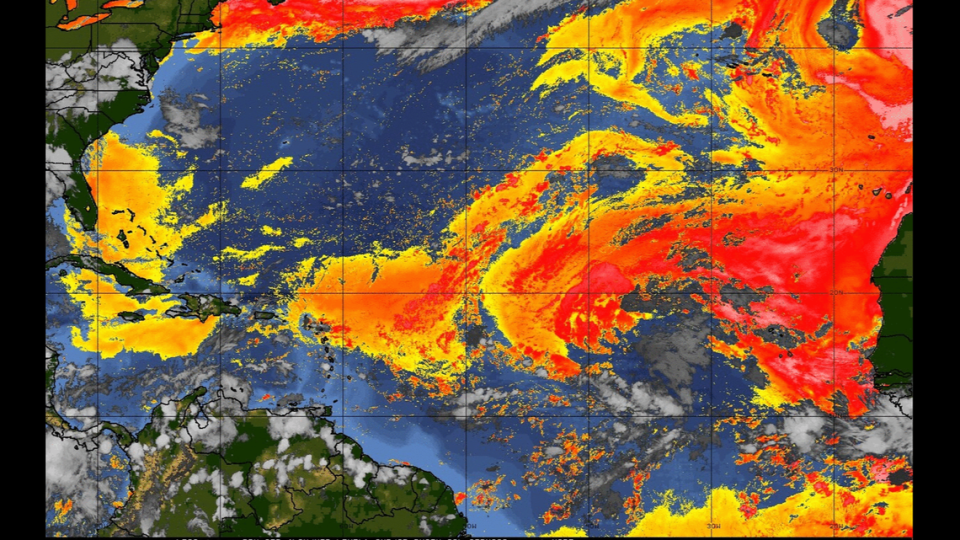Haze lingering over Georgia, South Carolina blamed on dust from the Sahara, experts say
A massive cloud of Saharan Desert dust that spent a week crossing the Atlantic is being blamed for changes in the skies off South Carolina and Georgia in recent days.
The cloud first hit the southern tip of Florida on Aug. 8 and then worked its way up to South Carolina by Aug. 10, according to the Cooperative Institute for Meteorological Satellite Studies at the University of Wisconsin-Madison.
It was recorded from space by the GOES-16 (GOES-East) satellite, which also able to measured the density of the dust.
“This hazy dust signature was more pronounced early and late in the day, when the forward scattering of light was more pronounced (due to a lower sun angle),” the institute reported.

“Some of this airborne (Saharan Air Layer) dust subsided into the boundary layer, occasionally reducing the surface visibility to 5-7 miles at a few sites near and along the coast in Florida ... Georgia ... and South Carolina.”
NOAA reports the dust is known to form “over the Sahara Desert and Shale regions of North Africa during the late spring, summer, and early fall” creating a layer of dry air that can be as thick as 2.5 miles. The formations typically sit “about 1 mile above the surface,” experts say.
“This layer can travel and impact locations thousands of miles away from its African origins, which is one reason why NOAA uses the lofty perspective of its satellites to track it,” according to the NOAA Atlantic Oceanographic and Meteorological Laboratory.
Watch lightning crawl ‘all over the sky’ off new Outer Banks bridge in North Carolina
9-year-old killed when 2 trees collapse onto car at family’s lake campsite in Maine
Watch as lightning bolt leaves two vehicles ‘fried’ while driving on I-75 in Florida

 Yahoo Movies
Yahoo Movies 
